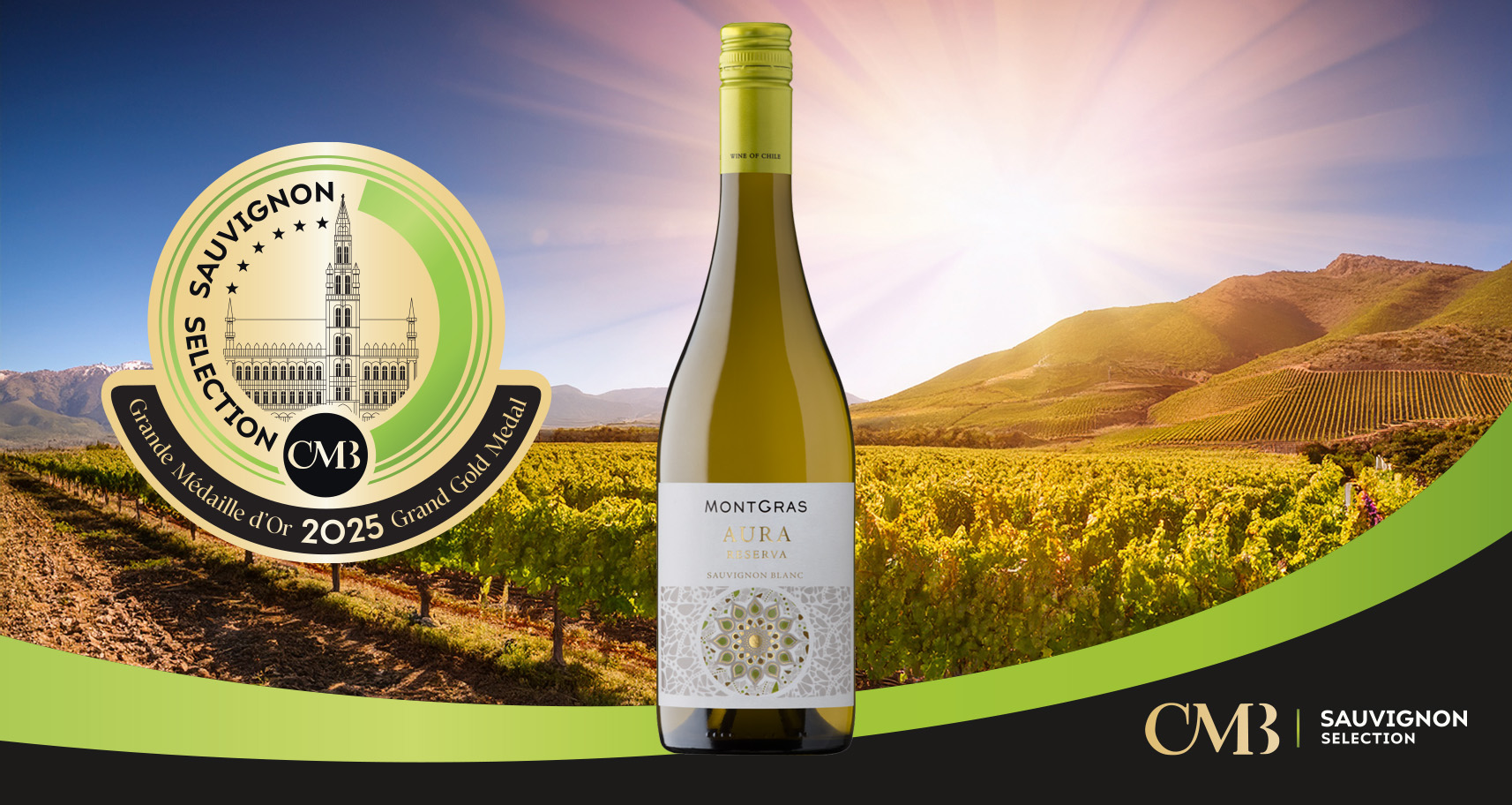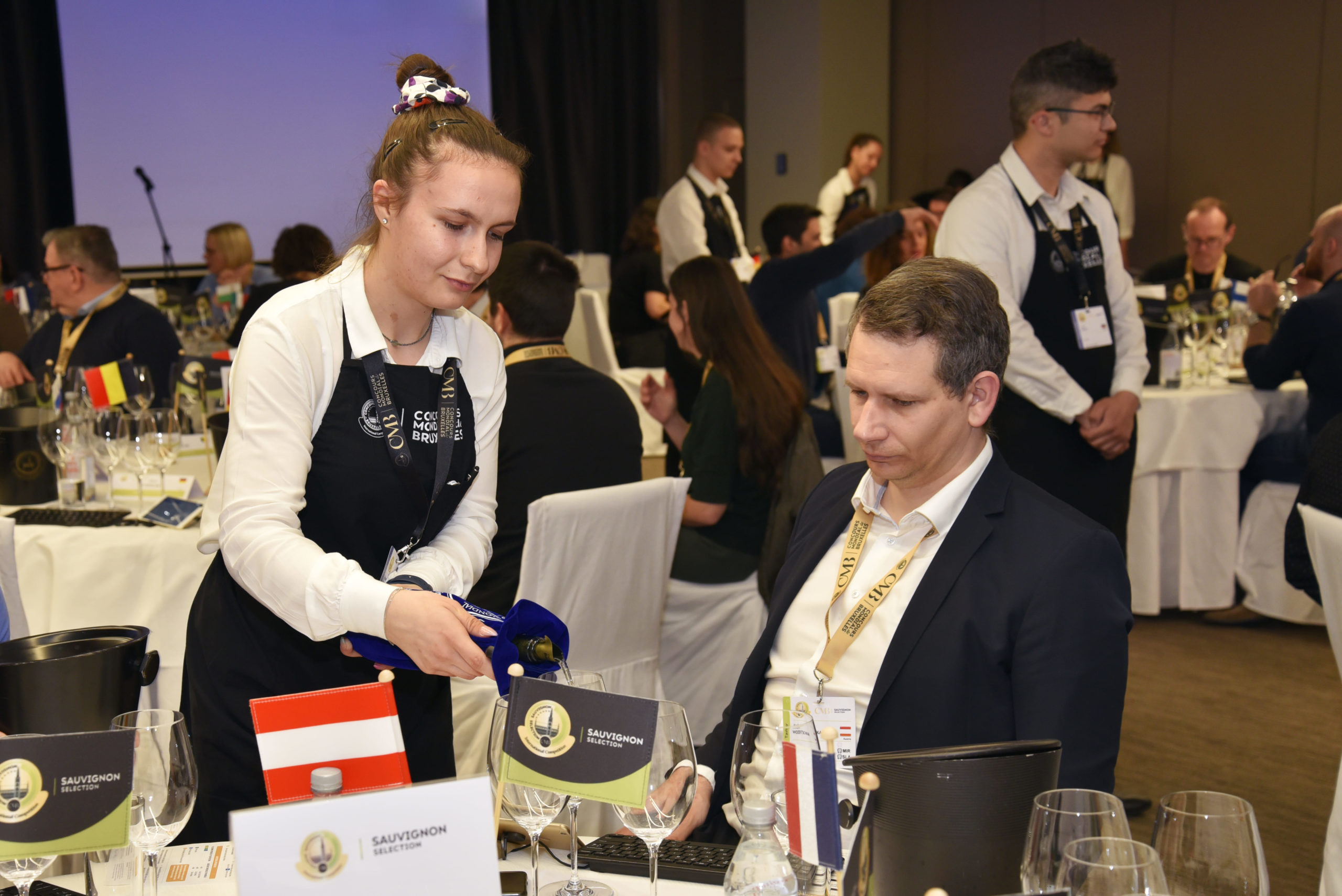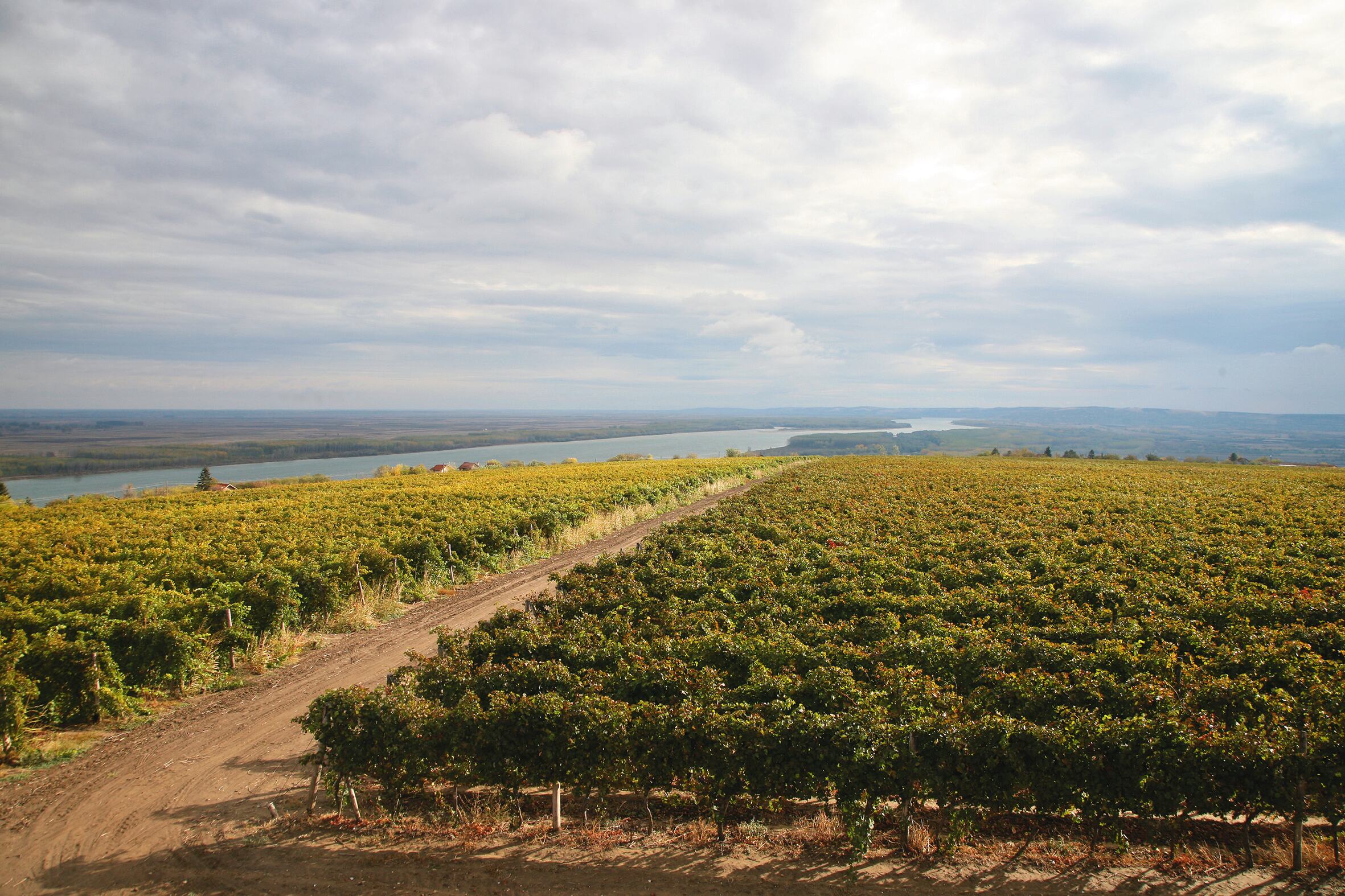BORDEAUX
BORDEAUX
From the Bordeaux blanc appellation, which focuses on BORDEAUX Sauvignon as a global varietal A-lister, to the village appellations available in both sweet and dry versions, Sauvignon blanc is a ubiquitous component of white Bordeaux wines.
The idea of an international Sauvignon blanc competition originated in Bordeaux and was promoted by the late, celebrated consultant winemaker DenisDubourdieu. It combined a desire to broaden the audience for white wines, in a wine region mainly renowned for its reds, with a more varietal-centriccommunications strategy. Production of dry white wines accounts for just 9% of total output in Bordeaux, dropping to a diminutive 1% for sweet white wines. InBordeaux, Sauvignon blanc is the benchmark grape variety for dry whites and the second most planted variety (45% of white grape varieties) almost equally withSemillon (47%). Either as a single varietal or blended with Semillon, which it lifts with its chalky tension and aromatic freshness, it has given white Bordeauxwines a second lease of life – they can now ride on the crest of its international reputation and showcase the variety on their labels. In a slightly warmer climate,Sauvignon displays an aromatic spectrum revolving around ripe citrus fruits and white flowers, and is more structured.
![]()
ENTRE-DEUX-MERS
The Entre-deux-Mers region encompasses 17 appellations and 135 localities sandwiched between the arms of the Gironde with the Dordogne to the North and the Garonne to the South. The area itself, however, should not be mistaken for the appellation. The entire Entre-deux- Mers region (including the AOC of the same name) totals 35,727 hectares, divided between 30,515 hectares of red grape varieties and 5,211 hectares of white grapes. Of the 5,211 hectares planted to white varieties, 2,610 hectares are Sauvignon blanc, i.e. just over half.
The same is true of the Entre-deux-Mers appellation (or E2M, to its friends), which has 1,624 hectares of vines, over half of which is Sauvignon blanc, complemented by its vineyard companions. The overwhelming proportion of Sauvignon blanc in Entre-deux-Mers (both region and appellation) is therefore storied, though appellation specifications stipulate that blending is mandatory. The area produces mainly white wines marketed under the
Bordeaux Blanc appellation, capitalising on the global popularity of the brand name which gives it a competitive edge in export markets. Conversely, E2M AOC – which produces a sizeable 12 million bottles – tends to be drunk domestically. The hillside vineyards, carved out by the rivers, have multiple aspects and are very diverse depending on their proximity to the river – there are layers of sand, limestone and gravel though they are mainly clay- dominant. The Ocean has a significant influence, resulting in a high level of humidity, although vine health is protected by the westerly winds.
Winemaking techniques for dry white Bordeaux wines aim to preserve their intrinsic aromatic purity. After pressing, short skin-contact maceration is frequent, followed by alcoholic fermentation in temperature-controlled stainless steel tanks at 18 to 20°C for about a fortnight. This is followed by a short ageing period of 3 to 6 months. Wood is the exception rather than the rule.
![]()
GRAVES AND SAUTERNES
White Graves grow on gravel soils – hence the name – which offffer good drainage. The profile of dry Graves whites can vary significantly, with some matured in oak. They are generally a little fatter than their counterparts from the Entre-deux- Mers region,but they still show great freshness and notes of white flowers, citrus and exotic fruits, as well as a touch of menthol. They are more often than not matured inbarrels, their extra body allowing them to better integrate the oak.
The Pessac-Léognan appellation, located north of Graves, encompasses ten localities with 71 chateaux, and stretches 20 kilometres starting South of the city of Bordeaux. White wines account for 20% of totalproduction (275 hectares of Sauvignon blanc, Sémillon and Muscadelle) and put Sauvignon centre stage. The appellation is typified by its gravelly soil, unlike therest of the area as it is very rich in minerals – flint, quartz and jasper. These poor, well-drained soils can lend the wine specific minerality. Blended with Semillonand Muscadelle, the appellation produces remarkably complex whites with smoky minerality and good ageing potential, though this varies from one vintage to the next. The Sauvignon here displays an array of aromatics led by very ripe citrus fruits and white flowers. The Semillons, which are particularly well suited to clay-limestone soils, are not heavy and show stone fruit and tropical overtones. Most of the whites are slightly oaky, which extends their ageing potential and broadens the mid-palate.
Barsac and Sauternes are the home of the great noble rot sweet wines. The vineyards, set within Graves, cover a diminutive area of just 22 km2, i.e. 2% of total Bordeaux vineyard acreage. They enjoy a microclimate, well-drained soils controlling water levels and ideal conditions for botrytis to form: a blanket of damp air covers the vines during the late summer and promotes the development of botrytis cinerea, or noble rot, which refers to the microscopic fungus that affects late harvest Sauternes and Barsac and adds complexity to the grapes and subsequently the wine. Semillon, which is particularly sensitive to the fungus, accounts for 80% of plantings and is complemented by Sauvignon blanc (20% of vineyard acreage) which adds freshness and richness, while the remaining hint of Muscadelle adds exotic notes.
Gabrielle Vizzavona
Every month, a different producer country will be featured, from the classics such as France and New Zealand to more unexpected destinations such as Austria or Spain. For the next one, we stay in France with Touraine and Bordeaux.


